Related Research Articles
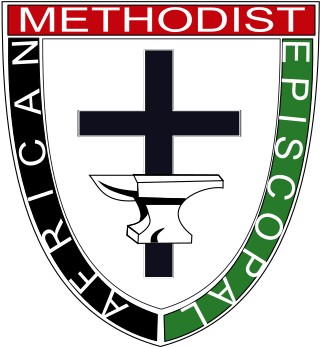
The African Methodist Episcopal Church, usually called the AME Church or AME, is a predominantly African American Methodist denomination. It adheres to Wesleyan-Arminian theology and has a connexional polity. The African Methodist Episcopal Church is the first independent Protestant denomination to be founded by black people; though it welcomes and has members of all ethnicities.
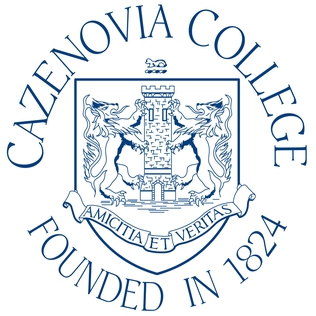
Cazenovia College is a private college in Cazenovia, New York. Founded as the Genesee Seminary in 1824 and sponsored by the Methodist Church, in 1894 the college adopted the name of Cazenovia Seminary. It was reorganized in 1942 after church sponsorship was withdrawn and was Cazenovia College for Women from 1961 to 1982, when the college became co-educational again. It will close after the 2022-2023 academic year due to poor finances.

The African Methodist Episcopal Zion Church, or the AME Zion Church (AMEZ) is a historically African-American Christian denomination based in the United States. It was officially formed in 1821 in New York City, but operated for a number of years before then. The African Methodist Episcopal Zion Church adheres to Wesleyan-Arminian theology.

Richard Harvey Cain was a minister, abolitionist, and United States Representative from South Carolina from 1873 to 1875 and 1877 to 1879. After the American Civil War, he was appointed by Bishop Daniel Payne as a missionary of the African Methodist Episcopal Church in South Carolina. He also was one of the founders of Lincolnville, South Carolina.
The College of West Africa is a Methodist high school in Monrovia, Liberia. The school was opened in 1839, making it one of the oldest European-style schools in Africa. It has produced many of Liberia's leaders. Alumni include Liberian President Ellen Johnson Sirleaf, the first woman elected as president in an African state, and Liberian Vice President Joseph Boakai.
Alexander Priestly Camphor (1865–1919) was an American Missionary Bishop of the Methodist Episcopal Church, elected in 1916.

Francis Burns was an American Methodist minister who served as a missionary in Liberia. He was the first Missionary Bishop, and the first African-American Bishop of the Methodist Episcopal Church.

William Taylor (1821–1902) was an American Missionary Bishop of the Methodist Episcopal Church, elected in 1884. Taylor University, a Christian college in Indiana, carries his name.

Edward Gayer Andrews was a bishop of the Methodist Episcopal Church, elected in 1872.
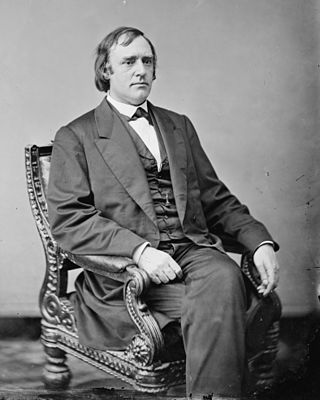
John Philip Newman was an American bishop of the Methodist Episcopal Church, elected in 1888.

Daniel Coker (1780–1846), born Isaac Wright, was an African American of mixed race from Baltimore, Maryland; after he gained freedom from slavery, he became a Methodist minister. He wrote one of the few pamphlets published in the South that protested against slavery and supported abolition. In 1816 he helped found the African Methodist Episcopal Church, the first independent black denomination in the United States, at its first national convention in Philadelphia.
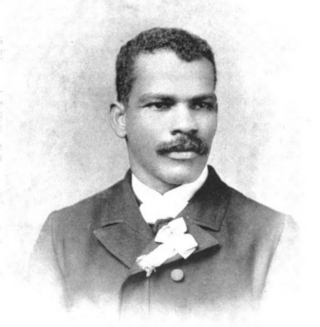
Ernest A. Lyon was an African-American minister, educator and diplomat.
Sarah E. Gorham (1832–1894) was the first woman to be sent out as a missionary from the African Methodist Episcopal Church. Her life is not documented until 1880, when she visited family members who had moved to Liberia, presumably via the American Colonization Society. While there, she became interested in the people of the area and the programs of the missionaries. She has been described as a "missionary, church leaders, social worker". After this visit, she returned to the United States and was involved at the Charles Street African Methodist Episcopal Church. In 1888, at the age of 56, she went to the Magbelle mission in Sierra Leone, as the AME's first woman foreign missionary. At Magbele she established the Sarah Gorham Mission School, which gave both religious and industrial training. In July 1894 she was bedridden with malaria and died the next month. She was buried in the Kissy Road Cemetery in Freetown, Sierra Leone.
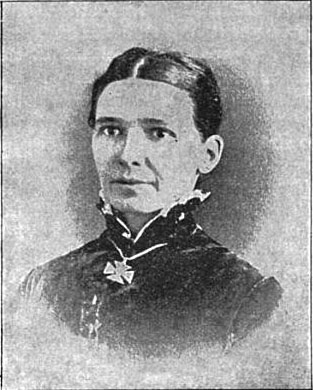
Sigourney Trask was an American physician and missionary. She is remembered as being the first woman physician at Fuzhou, China sent by the Methodist Episcopal Church missionaries.
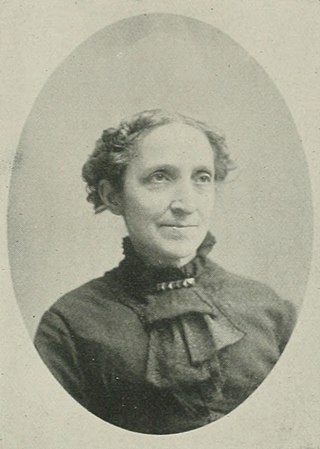
Mary Helen Peck Crane was a 19th-century American church and temperance activist, as well as a writer. She was the mother of the writer, Stephen Crane. She died in 1891.

Anna Fisher Beiler was a British-born American Christian missionary and newspaper editor, who engaged in temperance, missionary, and philanthropic work. Associated with the Methodist Episcopal Church, she served as Secretary of the Bureau for District of Alaska. She thoroughly identified herself with this work, and visited the region in 1897, that she might do better at directing it. She made an extended tour in the service of that region in the interests of the Woman's Foreign Missionary Society of the Methodist Episcopal Church, and supervised the erection of the building in Unalaska. Beiler was a prominent officer of the Woman's Home Missionary Society for many years and influential in the shaping of its policy and work. She lectured on Alaska in many states, increasing the public interest.
Ann Wilkins was an American missionary teacher in Liberia. There, she founded the Millsburg Female Academy, which was the first U.S. Methodist girls' school established in a foreign country. Her work was sustained by the members of the New York Female Missionary Society.
Lucinda L. Combs-Stritmatter was an American physician who was the first female medical missionary to provide medical care in China and is credited with establishing the first women's hospital in what was then Peking. Combs was a pioneer in women's medical care while serving the Women's Foreign Ministry Society's North China Mission for seven years.

Harriette G. Brittan was a pioneer British-born American missionary to Liberia, India and Japan. Finding herself unable to live in Africa because of repeated attacks of tropical fever, she was compelled to return to the United States. A year or two later, she went to India where she labored for twenty years. In 1880, she came to Japan and founded Brittan Girls’ School, later known as Yokohama Eiwa Gakuin. At the age of sixty-three, she gave up regular mission work and for a number of years, conducted a boarding house. When her health started to fail, she returned to the U.S. and died one day after reaching San Francisco.

Daniel C. Van Norman was a Canadian-born American educator, clergyman, and school founder.
References
- ↑ The Heathen Woman's Friend (1886), p. 32
- ↑ Reid, John M. 1879, Missions and Missionary Society of the Methodist Episcopal Church. New York, NY: Hunt and Eaton; Cincinnati, OH: Cranston and Stowe
- ↑ Wade, Crawford Barclay. 1949. History of Methodist Missions, Vol 1. New York, NY: Board of Missions and Church Extension of the Methodist Church.
- ↑ First Fifty Years of Cazenovia Seminary, 1825-1875: The Missionary Cohort. Accessed 26 August 2009.
- ↑ "First Fifty Years of Cazenovia Seminary 1825-1875". madisoncountynewyork.com.